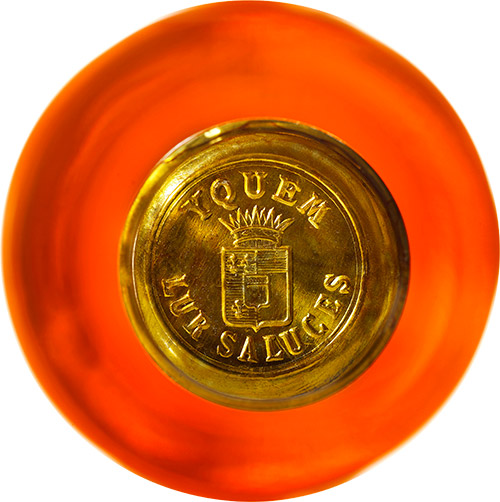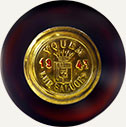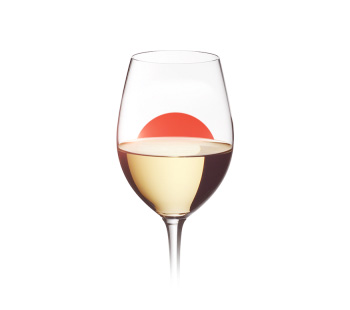


Château D'Yquem
1918

After a very wet spring, warm dry weather set in and encouraged vine growth. 71 mm of rain in mid-September was all the impetus it took for botrytis to spread. But sugar levels were still wanting, so the harvest only started on the 1st of October. However, a cold snap reduced sweetness in the grapes, which remained at 15-18°. The crop was big, but sweetness was less than current standards at Yquem.
Print



